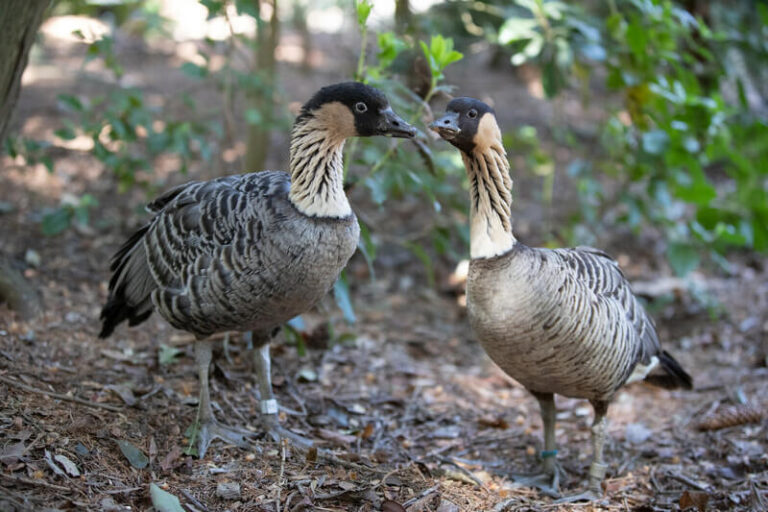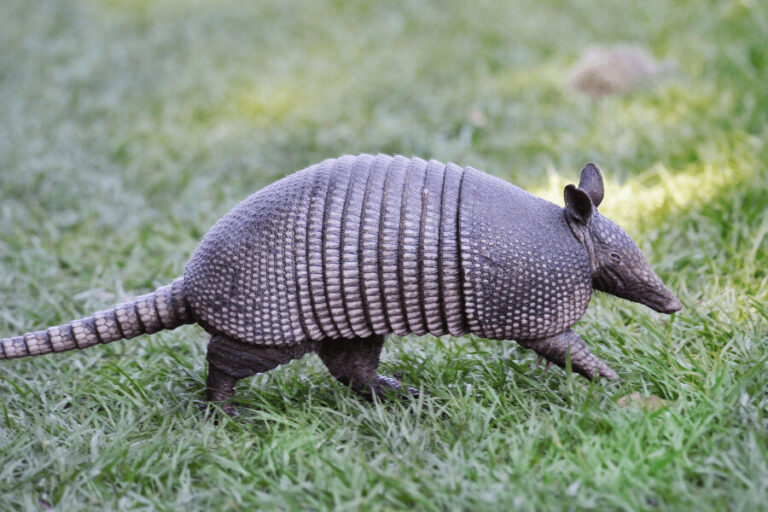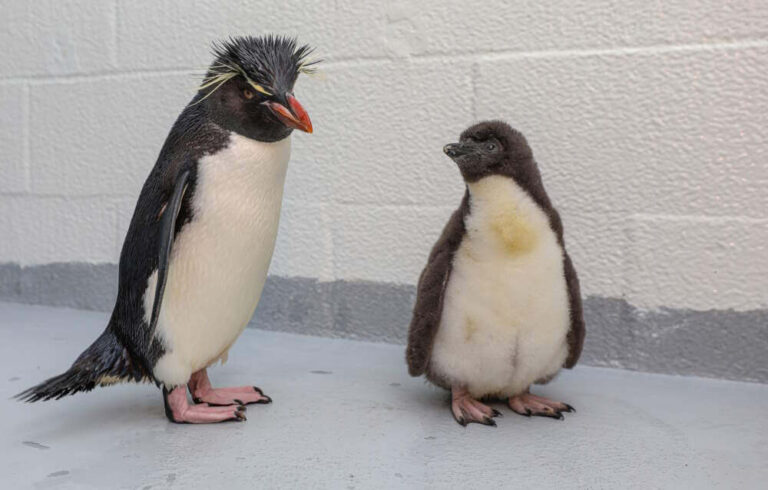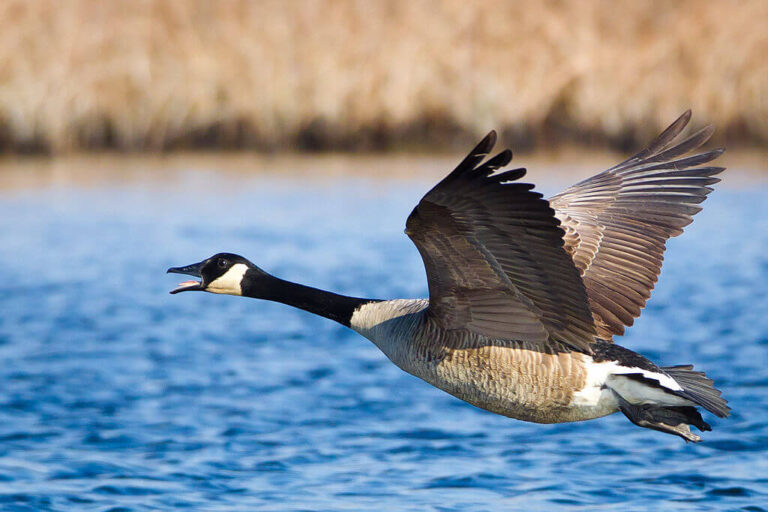Albatross: Size, Habitat, Behavior, Diet, and Conservation Facts
The albatross is one of the most magnificent seabirds, known for its enormous wingspan and exceptional gliding capabilities. Found mainly in the Southern Hemisphere, albatrosses have fascinated sailors, ornithologists, and nature enthusiasts for centuries.
This guide covers the albatross’s scientific classification, physical characteristics, habitat, behavior, diet, reproduction, predators, and conservation status. We’ll also explore interesting facts, its evolutionary history, and its relationship with humans.
Contents
- 1 Scientific Classification of Albatross
- 2 Physical Characteristics
- 3 Habitat and Distribution
- 4 Preferred Habitats
- 5 Behavior
- 6 Diet and Feeding Habits
- 7 Reproduction and Life Cycle
- 8 Predators and Threats
- 9 Conservation Status
- 10 Interesting Facts about Albatrosses
- 11 Evolutionary History
- 12 Relationship with Humans
Scientific Classification of Albatross
- Kingdom: Animalia
- Phylum: Chordata
- Class: Aves
- Order: Procellariiformes
- Family: Diomedeidae
Over 20 albatross species are divided into four genera: Diomedea, Thalassarche, Phoebetria, and Phoebastria.
Physical Characteristics
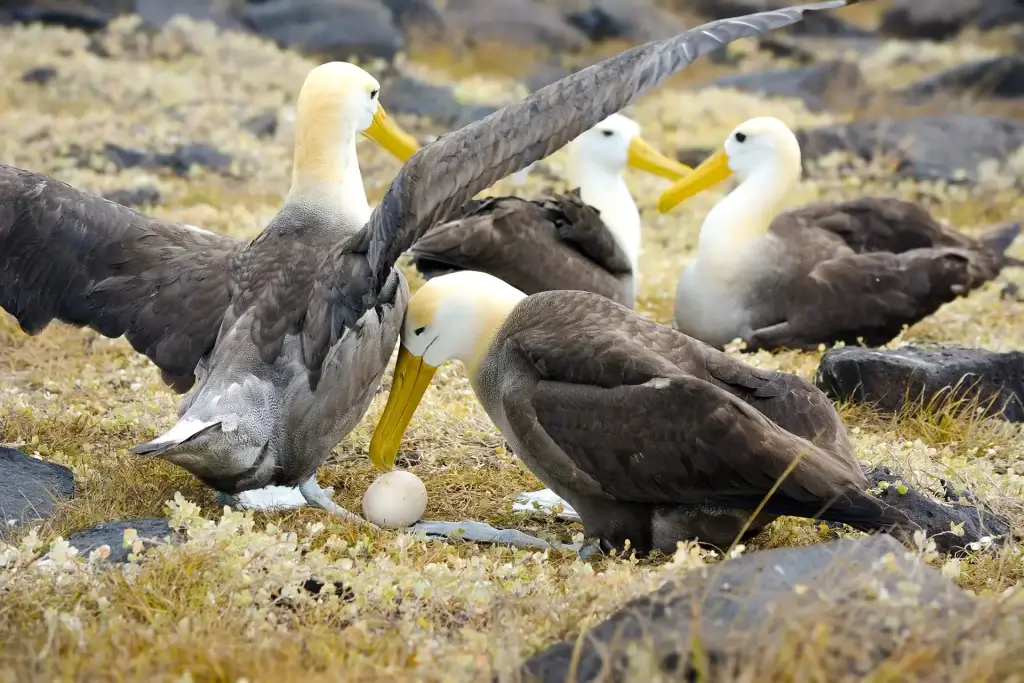
Albatrosses are known for their impressive size and unique features:
- Wingspan: The wingspan of the great albatrosses, such as the wandering albatross (Diomedea exulans), can reach up to 12 feet (3.6 meters), making them one of the most giant flying birds in the world.
- Body Size: Their body length ranges from 70 to 130 cm (2.3 to 4.3 feet), depending on the species.
- Plumage: Most albatrosses have white plumage with varying degrees of black, gray, or brown on their wings, back, and tail. The specific pattern and color can vary significantly by species.
- Beak: Albatrosses have large, hooked beaks with sharp edges, adapted for catching and holding slippery prey.
- Eyes: Their eyes are positioned to provide excellent binocular vision, which is crucial for spotting prey from high altitudes.
- Feet: Webbed feet aid in swimming and taking off from the water.
Habitat and Distribution
Albatrosses are predominantly found in the Southern Hemisphere, including around Antarctica, South America, South Africa, and Australia. A few species are also found in the North Pacific, from Alaska to California, Japan, and Hawaii.
Preferred Habitats
- Oceanic Waters: Albatrosses spend most of their lives in open ocean waters, far from land. They are often found in regions with strong winds, which they use to glide effortlessly over the waves.
- Breeding Sites: They breed on remote islands with minimal human disturbance, often choosing sites with cliffs that allow easier takeoff.
Behavior
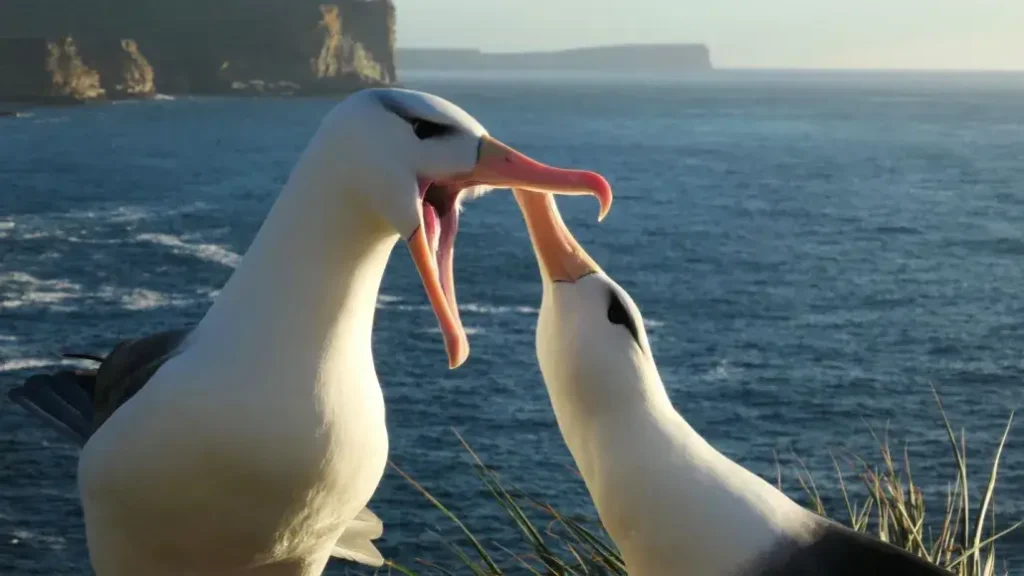
Albatrosses are highly specialized for life at sea and exhibit fascinating behaviors:
- Flight: Albatrosses are masters of dynamic soaring and slope soaring, which allow them to glide over vast distances with minimal energy expenditure. Their unique wing-locking mechanism helps them maintain outstretched wings without continuous muscle exertion.
- Feeding: They feed mainly during the day and are known for their exceptional eyesight.
- Social Structure: Albatrosses are typically solitary when foraging but form large colonies during breeding. They are known for their complex courtship dances involving synchronized movements, vocalizations, and displays.
Diet and Feeding Habits
Albatrosses are carnivorous seabirds, and their diet consists mainly of:
- Fish: Small fish such as sardines and anchovies form a significant part of their diet.
- Squid: Many species rely heavily on squid, which they catch near the ocean surface.
- Crustaceans: Some albatrosses also consume krill and other small crustaceans.
- Carrion: Albatrosses are opportunistic feeders and will scavenge dead marine animals and offal discarded by ships.
They have been observed following ships to feed on discarded fish and waste, leading to increased mortality due to accidental bycatch.
Reproduction and Life Cycle
Albatrosses have some of the longest breeding cycles among birds, with the following characteristics:
- Mating Rituals: Albatrosses are monogamous and form long-term pair bonds. Mating involves elaborate courtship displays, including synchronized dances, bill clacking, and vocal calls.
- Nesting: They build nests on isolated islands, often using grass, soil, and feathers. Both parents fiercely guard nesting sites.
- Eggs: Typically, albatrosses lay a single egg per breeding season. Both parents take turns incubating the egg, which can take up to 80 days.
- Chick Rearing: After hatching, both parents feed chicks to regurgitate food. Fledging can take several months, and young albatrosses may take several years to return to their natal colonies to breed.
Predators and Threats
Albatrosses face various threats, both natural and human-induced:
- Natural Predators: Chicks and eggs are vulnerable to predation by skuas, rats, cats, and other introduced species on breeding islands.
- Human Threats: The most significant threat comes from human activities, particularly longline and trawl fishing, which can lead to accidental bycatch. Other threats include plastic ingestion, pollution, habitat destruction, and climate change.
Conservation Status
Many albatross species are listed as vulnerable, endangered, or critically endangered by the IUCN:
- Efforts: Conservation efforts include establishing marine protected areas, bycatch reduction programs, and habitat restoration projects on breeding islands.
- Organizations Involved: BirdLife International, the Albatross Task Force, and various national wildlife agencies are actively involved in albatross conservation.
Interesting Facts about Albatrosses
- Longest Wingspan: The wandering albatross has the longest wingspan of any living bird, reaching up to 12 feet (3.6 meters).
- Lifespan: Albatrosses can live for over 50 years, with some individuals known to live even longer.
- Travel: Albatrosses can travel thousands of kilometers in a single journey without stopping to land.
- Symbolism: In maritime lore, the albatross is considered a symbol of good luck. However, the “Rime of the Ancient Mariner,” a poem by Samuel Taylor Coleridge, depicts the killing of an albatross as an ill omen.
Evolutionary History
Albatrosses are believed to have evolved around 50 million years ago, during the Paleogene period. Fossil evidence suggests that they originated from ancestors that lived in the Southern Ocean. Their evolution is closely linked to the development of gliding flight and their ability to exploit open ocean environments.
Relationship with Humans
- Cultural Significance: Albatrosses are prominent in folklore and literature, often symbolizing freedom, endurance, and a connection to the sea.
- Ecotourism: Albatrosses attract birdwatchers and tourists, particularly to remote islands where they breed. This has helped raise awareness about their conservation needs.
- Conservation Challenges: Human activities have significantly impacted albatross populations, but increased global awareness and conservation efforts provide hope for their future.
Conclusion
The albatross is a remarkable bird that has captivated humans for centuries with its grace, endurance, and adaptability to the open ocean environment. However, these magnificent seabirds face significant threats, and concerted conservation efforts are essential to ensure their survival. Protecting the albatross is vital for maintaining biodiversity and preserving the ecological balance of the marine environment.
- Golden Retriever Pros and Cons: What Every Pet Parent Should Know - 15 September 2025
- Cane Corso Dog Breed: Health, Care, and Lifespan - 14 September 2025
- Catahoula Leopard Dogs: Description, Temperament, Lifespan, & Facts - 21 July 2025



